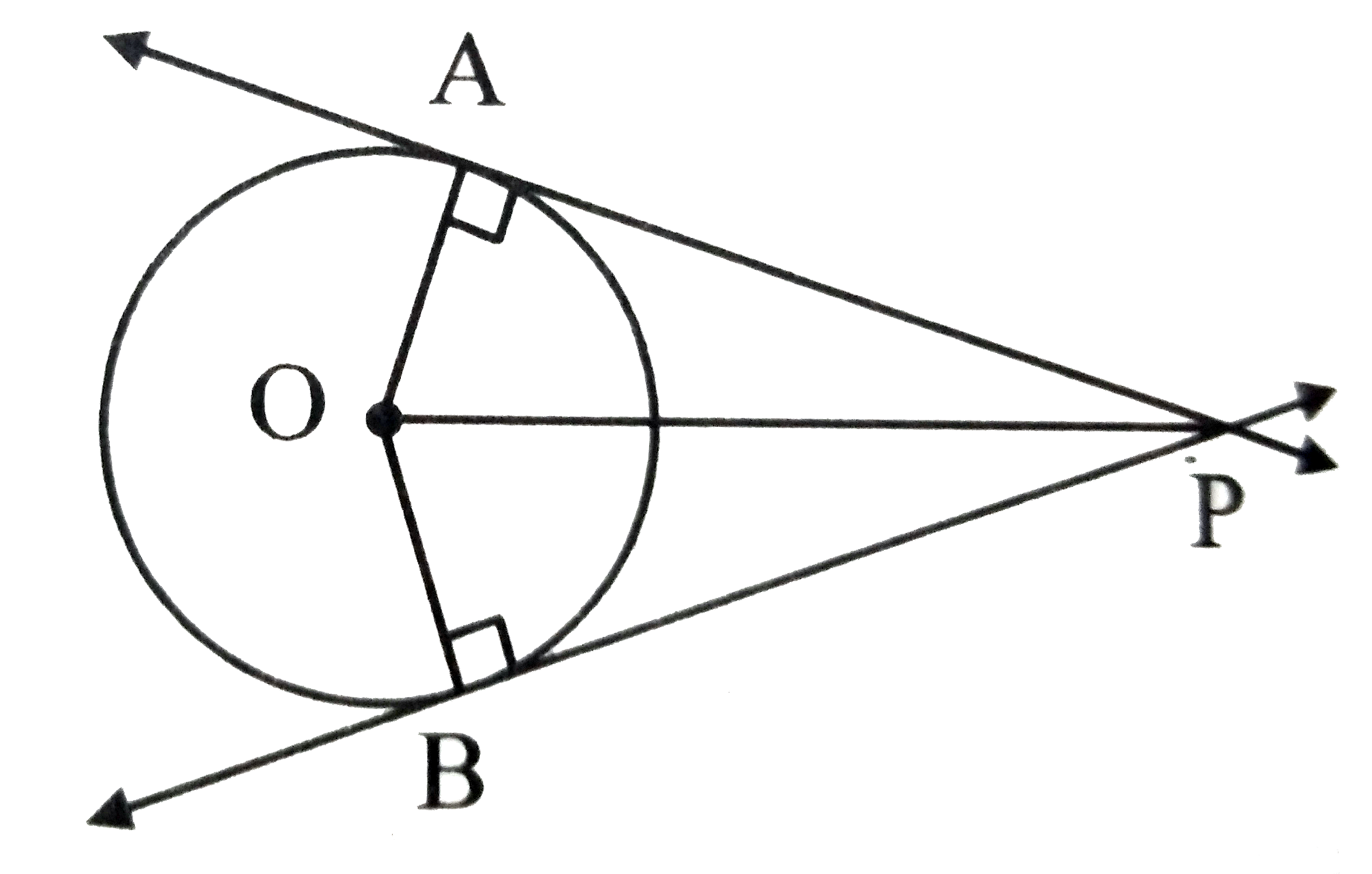Which of the following option(s) is correct?
A positively charged body can attract another positively charged body
Induced charge can never be greater than inducing charge
A positively charged body can attract uncharged metal body
All of these
The correct Answer is:D
To determine which of the given options is correct, we will analyze each statement one by one based on the principles of electrostatics.
1. Analyze the First Option:
- The statement claims that a positively charged body can attract another positively charged body.
- Generally, like charges repel each other. However, in the context of atomic nuclei, two positively charged protons can exhibit attraction due to the strong nuclear force, which is much stronger than electrostatic forces at very short distances.
- Conclusion: This option is correct under specific conditions (nuclear forces).
2. Analyze the Second Option:
- The statement asserts that induced charge can never be greater than the inducing charge.
- When a charged body induces a charge on a neutral conductor, the induced charge will always be equal to or less than the inducing charge. For example, if a positive charge induces negative charges on a neutral metal sphere, the amount of negative charge will not exceed the amount of positive charge that is inducing it.
- Conclusion: This option is correct.
3. Analyze the Third Option:
- The statement indicates that a positively charged body can attract an uncharged metal body.
- A positively charged body will attract the negative charges within an uncharged conductor. This results in a redistribution of charges, where negative charges move closer to the positive charge, leading to an attractive force.
- Conclusion: This option is correct.
4. Final Conclusion:
- All three options presented are correct based on the principles of electrostatics. Therefore, the answer to the question is that all options are correct.
- The statement claims that a positively charged body can attract another positively charged body.
- Generally, like charges repel each other. However, in the context of atomic nuclei, two positively charged protons can exhibit attraction due to the strong nuclear force, which is much stronger than electrostatic forces at very short distances.
- Conclusion: This option is correct under specific conditions (nuclear forces).
- The statement asserts that induced charge can never be greater than the inducing charge.
- When a charged body induces a charge on a neutral conductor, the induced charge will always be equal to or less than the inducing charge. For example, if a positive charge induces negative charges on a neutral metal sphere, the amount of negative charge will not exceed the amount of positive charge that is inducing it.
- Conclusion: This option is correct.
- The statement indicates that a positively charged body can attract an uncharged metal body.
- A positively charged body will attract the negative charges within an uncharged conductor. This results in a redistribution of charges, where negative charges move closer to the positive charge, leading to an attractive force.
- Conclusion: This option is correct.
- All three options presented are correct based on the principles of electrostatics. Therefore, the answer to the question is that all options are correct.
Topper's Solved these Questions
Similar Questions
Knowledge Check
Which of the following options is correct ?
Agof is one one ⇒ g is one-oneBgof is one-one ⇒ f is one-oneCgof is onto⇒ g is not ontoDgof is onto⇒ f is ontoWhich of the following options is correct ?
ATwo rational numbers with different denominators can never be equal.BThe rational number −43 lies on the right of 0 on the number line.CDifference of two rational numbers is always a rational number.DThe standard form of −18−24 is −34.Which one options is correct ?
APosterior pituitary is connected to hypothalamus by nerve fibresBAnterior pituitary is connected to hypothalamus by portal vesselCPosterior pituitary is connected to hypothalamus by portal vesselDBoth a and b
Which of the following options is correct?
View SolutionWhich of the following options is correct ?
View SolutionWhich of the following options is correct ?
View SolutionWhich of the following options is correct ?
View SolutionAccording to the following diagram, which of the following option is correct?

View Solution

 Which of the following options is correct ?
Which of the following options is correct ?